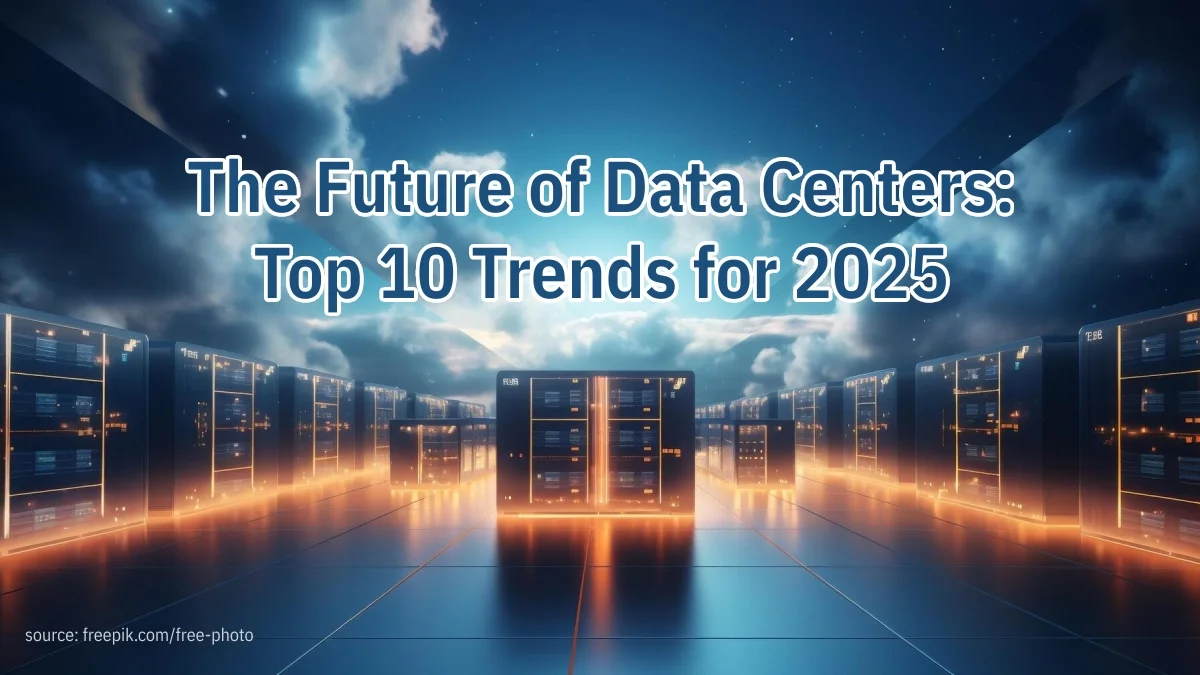Data Base Development Trends for 2025: Navigating the Future of Information Management

As we approach 2025, the landscape of database development is undergoing a profound transformation. Aristek, a leading innovator in the field, recognizes that organizations are increasingly seeking data base consulting services to stay ahead of these emerging trends. The demand for bespoke database development is on the rise, as businesses aim to create tailored solutions that address their unique challenges and opportunities. In this rapidly evolving environment, Aristek is at the forefront of providing cutting-edge data base consulting and bespoke database development services to meet the growing needs of diverse industries.
The coming year promises to bring significant advancements and shifts in how we design, implement, and manage databases. From the integration of artificial intelligence and machine learning to the adoption of edge computing and the continued evolution of cloud-native architectures, 2025 is set to be a pivotal year for database technologies. As organizations grapple with ever-increasing data volumes and the need for real-time insights, the role of database development in driving business success has never been more critical.
- AI-Powered Database Management Systems
Artificial Intelligence (AI) and Machine Learning (ML) are set to revolutionize database management systems in 2025. These technologies will enable databases to become more intelligent, self-optimizing, and adaptive to changing workloads. AI-driven query optimization will significantly improve performance, automatically adjusting execution plans based on real-time data patterns and usage statistics.
Machine learning algorithms will be employed to predict and prevent performance issues, detect anomalies, and suggest optimizations. This proactive approach to database management will reduce downtime and enhance overall system reliability. Additionally, AI-powered data governance tools will help organizations maintain data quality, enforce compliance, and streamline data management processes.
- Edge Computing and Distributed Databases
The proliferation of Internet of Things (IoT) devices and the need for real-time data processing are driving the adoption of edge computing in database architectures. In 2025, we can expect to see a surge in distributed database systems that can process and store data closer to the source, reducing latency and bandwidth requirements.
Edge databases will enable organizations to analyze and act on data in real-time, even in environments with limited connectivity. This trend will be particularly impactful in industries such as manufacturing, healthcare, and smart cities, where immediate data processing and decision-making are crucial.
- Cloud-Native Database Architectures
The shift towards cloud-native architectures will continue to gain momentum in 2025. Database developers will increasingly design systems that are built specifically for cloud environments, taking full advantage of the scalability, flexibility, and resilience offered by cloud platforms.
Cloud-native databases will feature improved containerization support, allowing for easier deployment and management across multi-cloud and hybrid environments. Serverless database offerings will become more sophisticated, enabling developers to focus on application logic rather than infrastructure management.
- Multi-Model Databases
As data complexity grows, the limitations of traditional, single-model databases are becoming more apparent. In 2025, we’ll see a rise in the adoption of multi-model databases that can handle diverse data types and structures within a single system. These databases will support multiple data models such as relational, document, graph, and key-value, providing developers with greater flexibility and reducing the need for data integration across disparate systems.
Multi-model databases will enable organizations to build more comprehensive and interconnected data ecosystems, facilitating advanced analytics and supporting complex business processes.
- Graph Databases for Complex Relationships
Graph databases will gain significant traction in 2025 as organizations seek to leverage complex relationships within their data. These databases excel at managing highly connected data and are particularly useful for applications such as fraud detection, recommendation engines, and social network analysis.
As businesses increasingly recognize the value of relationship-based insights, graph databases will become an essential component of many data architectures. Developers will leverage graph algorithms and query languages to uncover hidden patterns and derive valuable insights from interconnected data.
- Time-Series Databases for IoT and Monitoring
The explosive growth of IoT devices and the need for real-time monitoring will drive increased adoption of time-series databases in 2025. These specialized databases are optimized for handling time-stamped data and are crucial for applications such as industrial sensor monitoring, financial trading systems, and performance analytics.
Time-series databases will evolve to handle even larger volumes of data with improved compression techniques and more efficient indexing mechanisms. Integration with stream processing technologies will enable real-time analytics on continuously generated time-series data.
- Enhanced Data Security and Privacy Features
With data breaches and privacy concerns continuing to make headlines, database security will be a top priority in 2025. Database developers will focus on implementing advanced encryption techniques, such as homomorphic encryption, which allows computations to be performed on encrypted data without decrypting it.
Zero-trust architectures will be integrated into database systems, ensuring that every access request is authenticated and authorized, regardless of its origin. Additionally, privacy-preserving technologies like differential privacy will be more widely adopted to protect individual data while still allowing for meaningful analytics.
- Quantum-Resistant Encryption
As quantum computing advances, the threat to current encryption methods grows. In 2025, we’ll see increased efforts to develop and implement quantum-resistant encryption algorithms for databases. These new encryption methods will ensure that sensitive data remains secure even in the face of potential quantum computing attacks.
Database developers will need to stay abreast of the latest developments in post-quantum cryptography and be prepared to upgrade security measures to protect against future threats.
- Natural Language Interfaces
Natural Language Processing (NLP) technologies will make databases more accessible to non-technical users in 2025. We’ll see the rise of conversational interfaces that allow users to query databases using natural language, eliminating the need for complex SQL statements or specialized query languages.
These interfaces will democratize data access within organizations, enabling business users to extract insights directly from databases without relying on technical staff. This trend will lead to more data-driven decision-making across all levels of an organization.
- Blockchain Integration
While blockchain technology has been around for several years, its integration with traditional database systems will gain momentum in 2025. Blockchain can provide an immutable audit trail for sensitive data changes, enhancing transparency and compliance in regulated industries.
Database developers will explore hybrid models that combine the strengths of traditional databases with the security and traceability features of blockchain. This integration will be particularly valuable in supply chain management, healthcare record-keeping, and financial transactions.
- Automated Database Design and Optimization
Automation will play a more significant role in database design and optimization in 2025. AI-powered tools will assist developers in creating optimal database schemas, indexing strategies, and partitioning plans based on anticipated workloads and data characteristics.
These automated design tools will significantly reduce the time and expertise required to set up and maintain high-performance database systems. They will also continuously monitor and suggest improvements to existing databases, ensuring optimal performance as data volumes and usage patterns evolve.
- In-Memory Computing at Scale
As hardware costs continue to decrease and memory capacities increase, in-memory database technologies will become more prevalent in 2025. These systems, which store and process data entirely in RAM, offer unparalleled performance for read-intensive workloads and real-time analytics.
Advancements in persistent memory technologies will blur the line between memory and storage, enabling large-scale in-memory databases that can provide both high performance and data durability. This trend will be particularly impactful for applications requiring ultra-low latency, such as financial trading systems and real-time recommendation engines.
Conclusion
As we look ahead to 2025, the field of database development is poised for significant advancements that will reshape how organizations store, manage, and leverage their data assets. From AI-driven optimizations to edge computing, multi-model architectures, and enhanced security measures, database technologies will continue to evolve to meet the growing demands of our data-centric world.
Organizations that stay ahead of these trends and invest in modern database solutions will be better positioned to derive value from their data, make informed decisions, and drive innovation. As the complexity of data ecosystems grows, the role of skilled database developers and architects will become increasingly crucial in designing and implementing these advanced systems.
The future of database development is bright, promising new capabilities that will empower businesses to tackle complex challenges and unlock new opportunities. By embracing these emerging trends, organizations can build robust, scalable, and intelligent data infrastructures that will serve as the foundation for their digital transformation journeys in 2025 and beyond.




